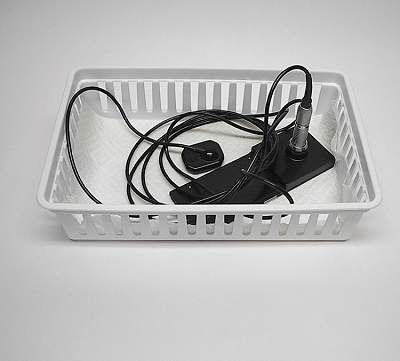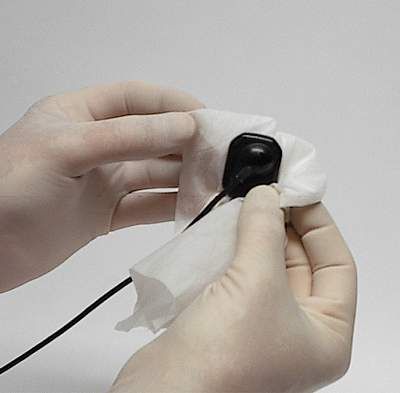How to care for your digital radiography system
Adding a digital radiography system brings a range of operational improvements and efficiencies to a practice, and despite significant initial costs, these systems can even save a practice money over the long term. However, if the new, high-tech gear is not properly used and cared for, practices can find the price tag unexpectedly growing and eating away at the return on their investment.
Adding a digital radiography system brings a range of operational improvements and efficiencies to a practice, and despite significant initial costs, these systems can even save a practice money over the long term. However, if the new, high-tech gear is not properly used and cared for, practices can find the price tag unexpectedly growing and eating away at the return on their investment.
Knowing the right questions to ask at the time of purchase is a key to avoiding any unexpected immediate costs. Digital radiography systems usually include the intraoral sensors that capture the image, along with software to process the digital image information. However, if the new sensors require a change in holders, sleeves or other accessories that are not a part of the base system, those costs need to be included in pre-purchase considerations.
Sensor Care

Safely store and transport digital radiography sensors. Many practices keep digital sensor equipment in small baskets with the cable loosely coiled. The baskets can be used to carry equipment between operatories and provide an easy place to keep all sensor components.

Properly sterilize autoclavable accessories. Sensor holders, rings and other digital radiography accessories often require sterilization. Be sure to follow all manufacturer instructions for the proper method of sterilization to preserve the lifespan of the accessories.

Properly clean sensors. Digital radiography sensors are not autoclavable, but they may still require cleaning. Be sure to follow manufacturer instructions for the proper cleaning method and materials so the sensor will not be damaged during cleaning.
Another upfront cost to consider is the service plan that will protect the investment. A one-year service agreement is included with a DEXIS digital radiography system, but DEXIS Public and Media Relations Manager Jackie Raulerson, said it often is a good idea for practices to budget for extending their coverage.
The cost of extending the plan should be factored in while planning the overall investment in the system. With DEXIS, extending the DEXcare service plan provides a practice with the availability of ongoing training, support, software upgrades and replacements for sensors that break down due to manufacturer error. Raulerson said the service plans can even be helpful if sensors get damaged through misuse or accidents at a practice.
“If you’ve damaged your sensor we do offer a reduced fee for a replacement if you’re at a certain service level agreement,” she said.
Of course making sure the sensors are properly used and cared for is the easiest way to make sure they are not damaged in the first place and avoid the unexpected cost of a sudden replacement. Just like any electrical cord, digital sensor cables should never be crimped or tightly wound around anything. Sensor care, with hands on demonstrations, is the first topic DEXIS instructors cover during their on site training sessions, Raulerson said.
Many practices find keeping the sensors and controllers in baskets makes it easier to move them between operatories, and if stored separately from the controller, hanging the sensors and cables on approved wall hooks is a good way to keep them handy but out of the way Raulerson added. Care should be taken while setting up the operatory for DR so no cables-whether in use or being stored-are in areas where they could be tripped over, or rolled over by a clinician’s seat.
“It’s a matter of checking your workflow and positioning the items so you can best ergonomically use them,” she said.
With cables often being the most vulnerable part of expensive digital sensors, care is certainly important, but Schick Technologies offers a pair of sensor options that can make that job easier. The CDR Wireless sensor has no cable to get in the way or be damaged, while the CDR Pluswire features a cable set up for fast and simple replacement by the user.
But in the end, avoiding hidden and unexpected costs with a digital radiography system comes down to treating the expensive equipment with care and attention. Raulerson said sensors could last well beyond five years of daily use if they are properly cared for, and she thinks most practices try hard to treat the high-technology equipment as more than a toy.
“By and large I think our owners do a great job. For the most part they love the technology and take great care of it,” she said.
ACTIVA BioACTIVE Bulk Flow Marks Pulpdent’s First Major Product Release in 4 Years
December 12th 2024Next-generation bulk-fill dental restorative raises the standard of care for bulk-fill procedures by providing natural remineralization support, while also overcoming current bulk-fill limitations.